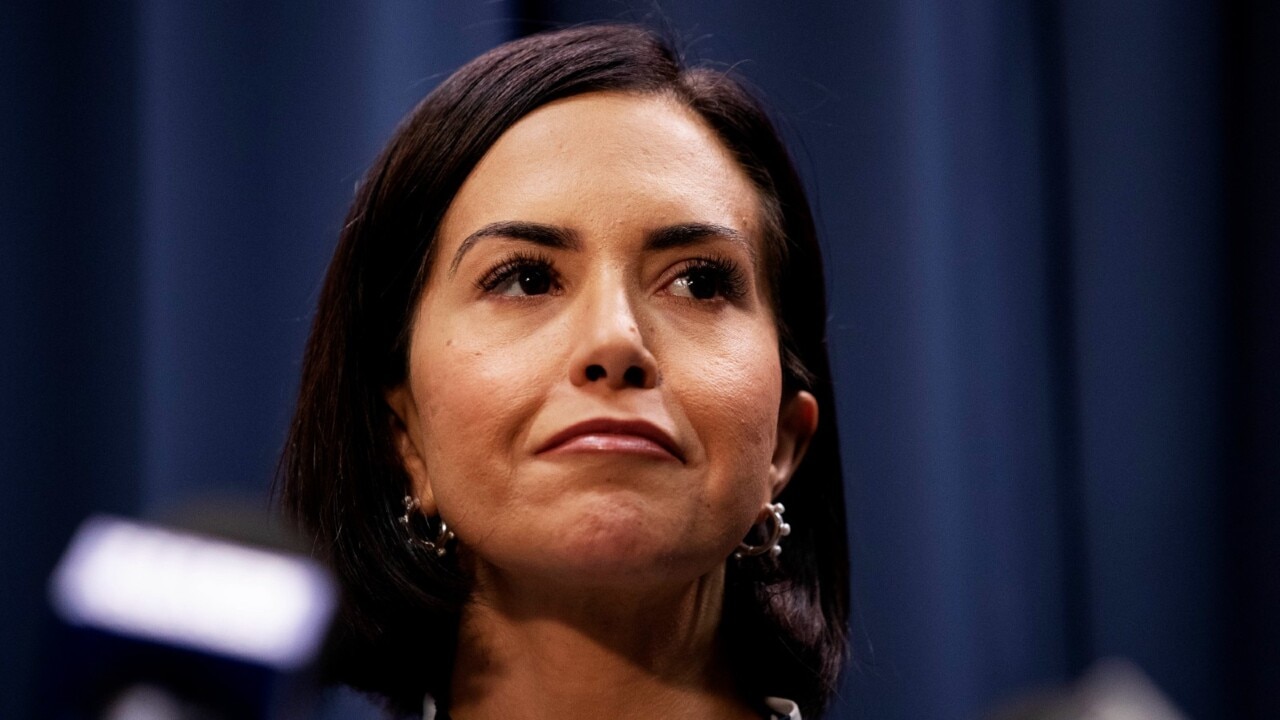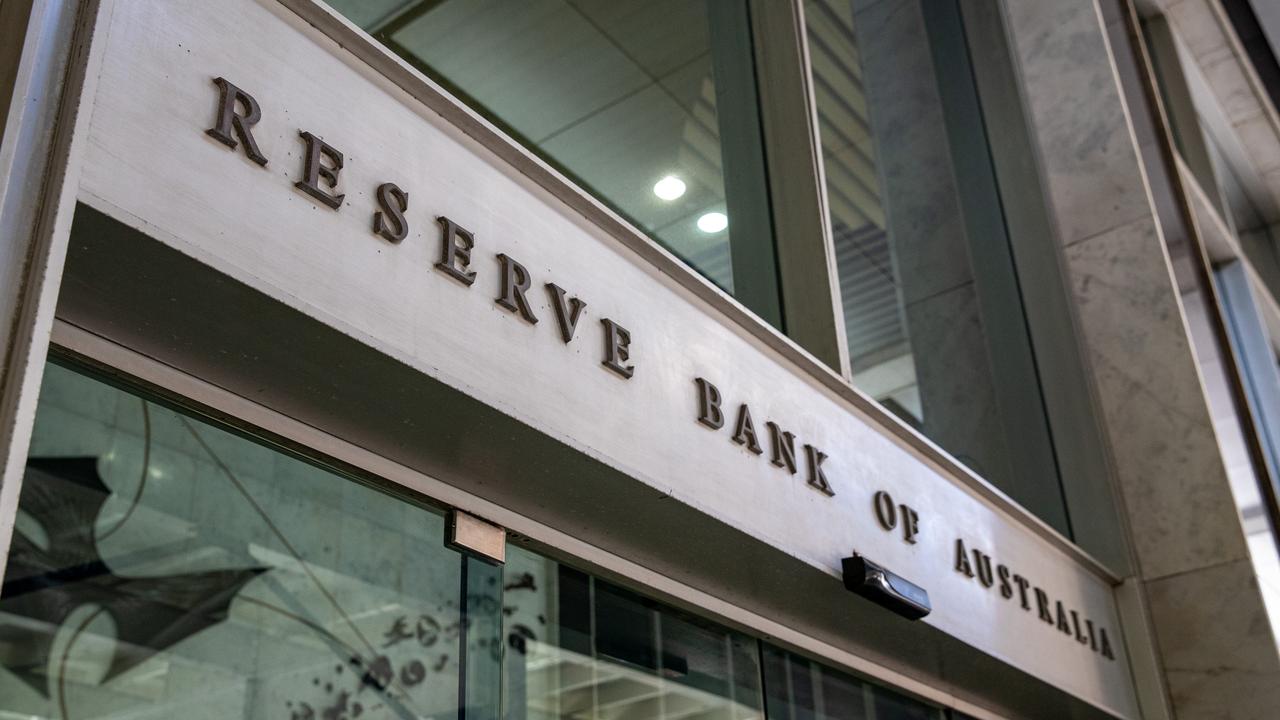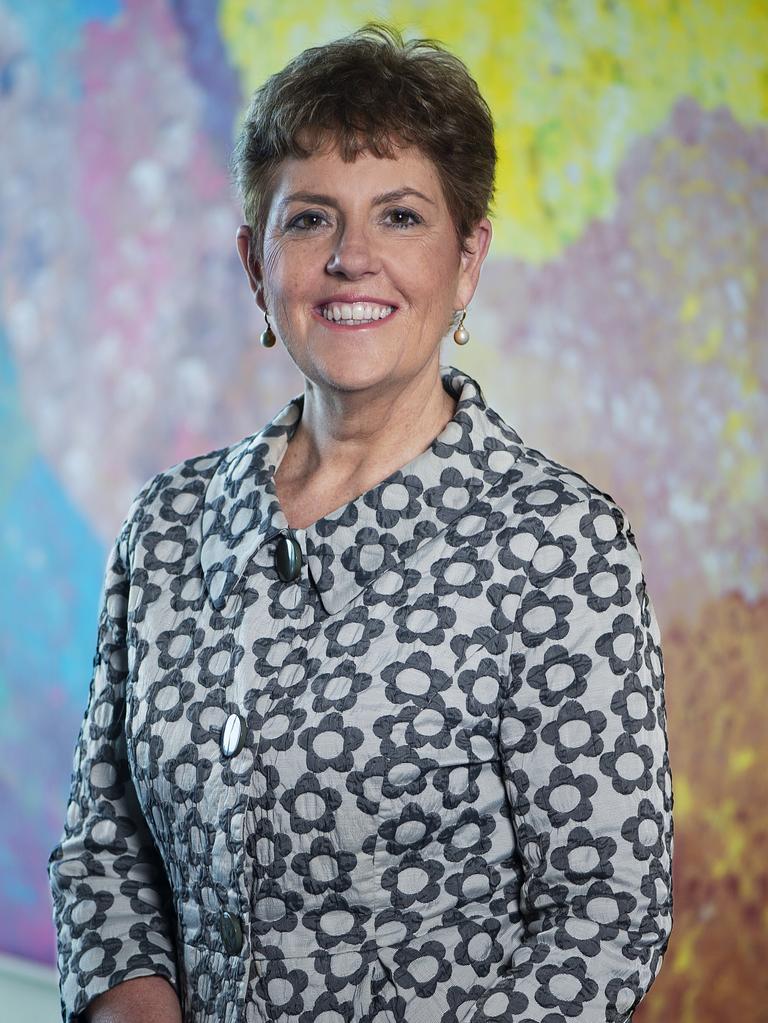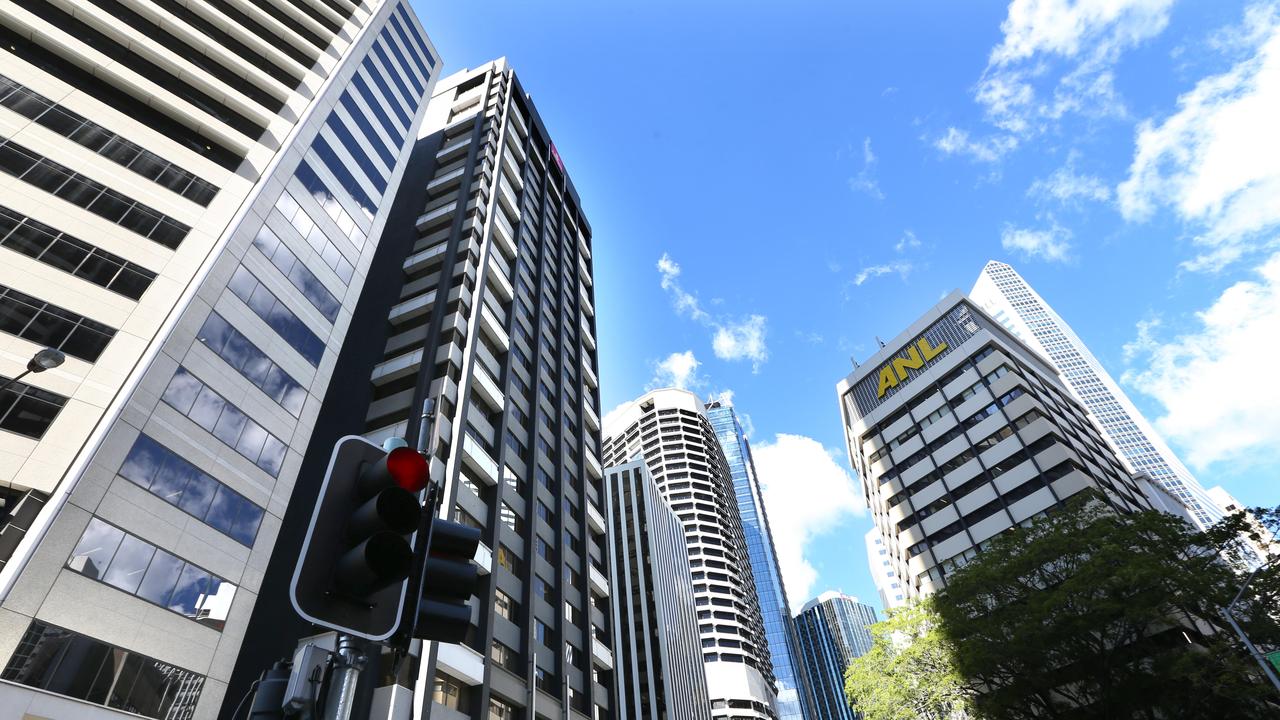The three big themes shaping AusSuper’s $300bn mega fund
Australia’s biggest pot of investment funds is quietly reshaping its vast investment portfolio to navigate a choppy year ahead.

Business
Don't miss out on the headlines from Business. Followed categories will be added to My News.
AustralianSuper’s Mark Delaney sits on top of Australia’s biggest pot of investment funds – a $300bn portfolio that stretches right around the world.
The chief investment officer is quick to point out it is not AusSuper’s or even his money. Rather, it belongs to millions of members of the industry fund, and so how the cash is allocated today has a big impact on future retirement savings.
He was speaking as AusSuper posted an 8.22 per cent investment return for its default balanced option over the past year. This is a rebound from the negative return of 2.5 per cent in the previous year and the 20 per cent-plus return coming out of the Covid boom a year earlier.
Returns in the past year were driven by a rebound in domestic and international equities, while infrastructure, which represents 15 per cent of the portfolio, also outperformed. Total property exposure, which represents 5 per cent of the fund, delivered negative 7.5 per cent for the past year, taking a shine off top-line performance.

Looking into the coming year there are three big themes shaping AusSuper’s fund, which Delaney tells The Australian is “defensively positioned” for a grinding slowdown.
The overarching theme is the belief that interest rates are nearing their peak and this underpins valuations for everything inside Delaney’s portfolio.
“I don’t think anybody anticipates that rates are going to go a hell of a lot further from where they are now,” he says. “For me, fixed interest looks more attractive when rates are getting close to a peak. So we’re buying into it.”
Indeed, AusSuper’s holdings of fixed interest is now probably the largest it has ever been. However, this also serves the double purpose of giving AusSuper a $30bn war chest to jump on stressed assets and other opportunities expected to come up in coming years.
Even with rates near their peak, he expects they will remain high for some time, with central banks around the world determined to get inflation under control. “They are targeting a material slowdown in economic activity globally,” he says.
This leads to the second theme. The impact on corporate earnings from higher interest rates will be progressively bigger over time as households adjust to spending as their savings buffers run down.
It is already starting to happen in the US, where corporate earnings are going “sideways” rather than increase, which is affecting shares.
“The next bull market will require earnings structurally to go up from here,” Delaney says, adding he is cautious towards equities compared to fixed interest.
Finally the big market megathemes from the energy transition, logistics and technology – particularly with digitisation – will continue to accelerate into the next year. Each area will continue to throw up specific investment opportunities for the super fund.
In terms of local stocks, AusSuper is overweight on BHP – its single biggest exposure, with an $8bn investment. The fund’s second biggest holding is Commonwealth Bank at $6bn.
Property bets
Like all big industry funds, the $300bn AusSuper is feeling the hits from a slide in values across the nation’s office towers.
The fund has been forced to write down as much as 10 per cent across the value of the CBD buildings it invests in, while losses in US office exposures were even bigger.
Work from home is forcing corporates to shrink their office footprint, while an oversupply in buildings and higher interest rates have combined to rip billions of dollars from office building values here and around the world.
With the sector deeply unloved, a slowing economy and interest rates tipped to stay higher for longer, would AusSuper have the appetite to back a new office tower proposal smack in the middle of Melbourne or Sydney’s CBD?

“It all comes down to the numbers,” Delaney says. “If you are confident it can be leased up to where market rents are going to be, you might just do it.”
Some of AusSuper’s own big office exposures were built when expected rents were much lower than where the market has landed. This has helped them cushion losses even as valuations are being hammered around the capital cities. He doesn’t have any major projects under way – the booming industrial property sector in the outer cities is where the growth is coming from – but he wouldn’t rule it out.
“If Collins St (Melbourne) turned out to be the same situation where you could build a building at rates well below market you might do it,” Delaney says. “But if you build it at rates which you think the market might not support in the future – there will be a problem.”
The outlook for offices will depend mostly on what corporations plan to do with their office space, Delaney adds. And key to this is if work from home becomes a more permanent feature of the corporate world.
The trend right now is for businesses to consolidate their office space, but this is a slow process.
“In a soft market, which it is now, it’s a classic thing for property – lesser-quality buildings do a lot worse. But in a bull market the lesser-quality buildings do a lot better,” Delaney says.
He stresses that offices are a very small part of AusSuper’s investment portfolio. All up, property represents about $15bn of the allocation and this is spread across industrial warehouses, shopping centres and office towers. Industrial and retail property delivered positive returns through the year, while offices represented the disproportionate drag.
After hitting $300bn in funds at the end of June, AusSuper has now set its sights on $500bn within the next five years.
AMP’s buyers remorse
Francesco De Ferrari’s relatively short reign at AMP continues to be felt, this time through the clearly rushed efforts to slash the value the wealth manager was prepared to pay to buy back financial planning businesses at an agreed term.
The loss of a major Federal Court class action that has been under way since 2019 is a major blow for AMP as it faces recutting the price for more than 135 members who signed on to the controversial “buyer of last resort”, or BOLR changes. In total, there are more than 540 planning practices in the AMP network and this means the potential liabilities for a buyback could blow out into the hundreds of millions of dollars.

The so-called BOLR case has been one of the last big legacy items for newish AMP chief executive Alexis George to tackle after substantially dismantling the 174-year-old business. But it is an issue that goes to the heart of AMP planning business.
The valuation of buybacks were slashed as part of De Ferrari’s ambitious restructure of the listing AMP in 2019, a move immediately putting its tied financial planning network offside.
The changes were grounded in logic – looming financial planning reforms from the Hayne financial services royal commission, including the banning of conflicted remuneration, meant client lists belonging to financial planners were no longer regarded as valuable as they once were. And in truth they were being worked on inside AMP before De Ferrari, a former Credit Suisse executive, took charge in December 2018. But the urgency for the changes soon became their failure.
Key to the overhaul was slicing from the amount it would pay for its planners’ advice businesses from four times annual revenue to 2.5 times. It also cut the valuation put on grandfathered commissions from four times annual revenue to 1.4 times.
While the policy was always going to face resistance, the execution of the policy was clearly botched, reflecting the ongoing chaos and management and board turnover inside AMP. Here Federal Court judge Mark Moshinsky found AMP attempted to make the changes without following the letter of its own agreement, including falling short of proving “legislation change”, or there had been a change in economic conditions. It also tried to ram through changes, ignoring consultation required to negotiate with planners over any valuation changes.
For a policy set to put a dent in one of AMP’s biggest sources of business, it shows the wealth major lacked internal checks and balances about working through big changes. It exposed ongoing cultural issues at the company – an area that George has promised to tackle.
In his judgment, Moshinsky said there was a “significant imbalance in bargaining power” between AMP and one advisory, in this case the one-person agency WealthStone, in connection with the buyback deal. WealthStone was unable to withdraw the BOLR application unless AMP consented. WealthStone had lodged a buyback application shortly before August 8, 2019 – the date the proposed changes were to be made but the pricing was struck at the new lower valuation. AMP refused to unwind the process.
“It was conduct that, in my opinion, fell well below accepted standards of commercial conduct. It is aptly described as exploitative behaviour; [AMP] exploited its superior bargaining position to obtain a benefit … that it had no legitimate interest in obtaining,” the Federal Court found.
AMP is reviewing the judgment to determine its next steps.
johnstone@theaustralian.com.au
More Coverage
Originally published as The three big themes shaping AusSuper’s $300bn mega fund









